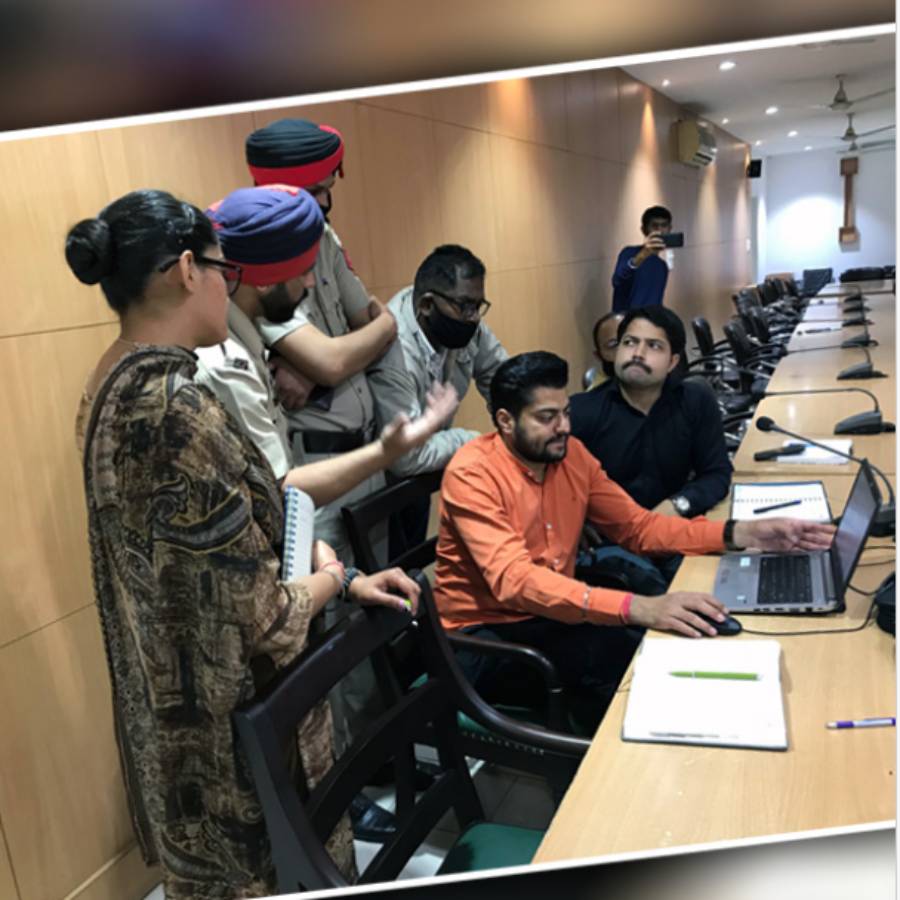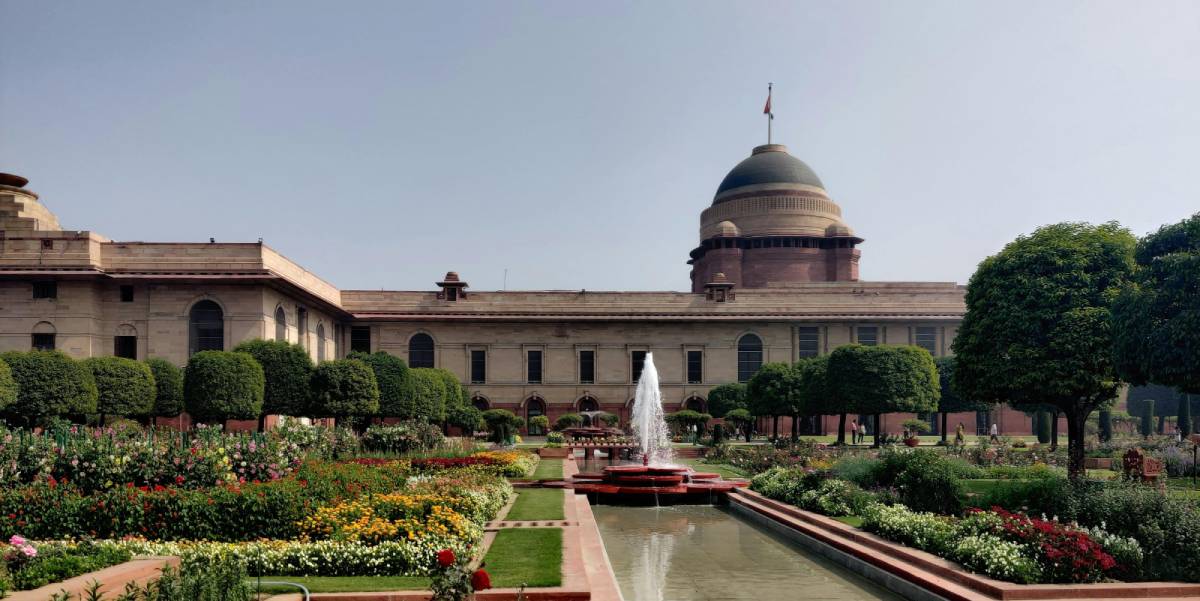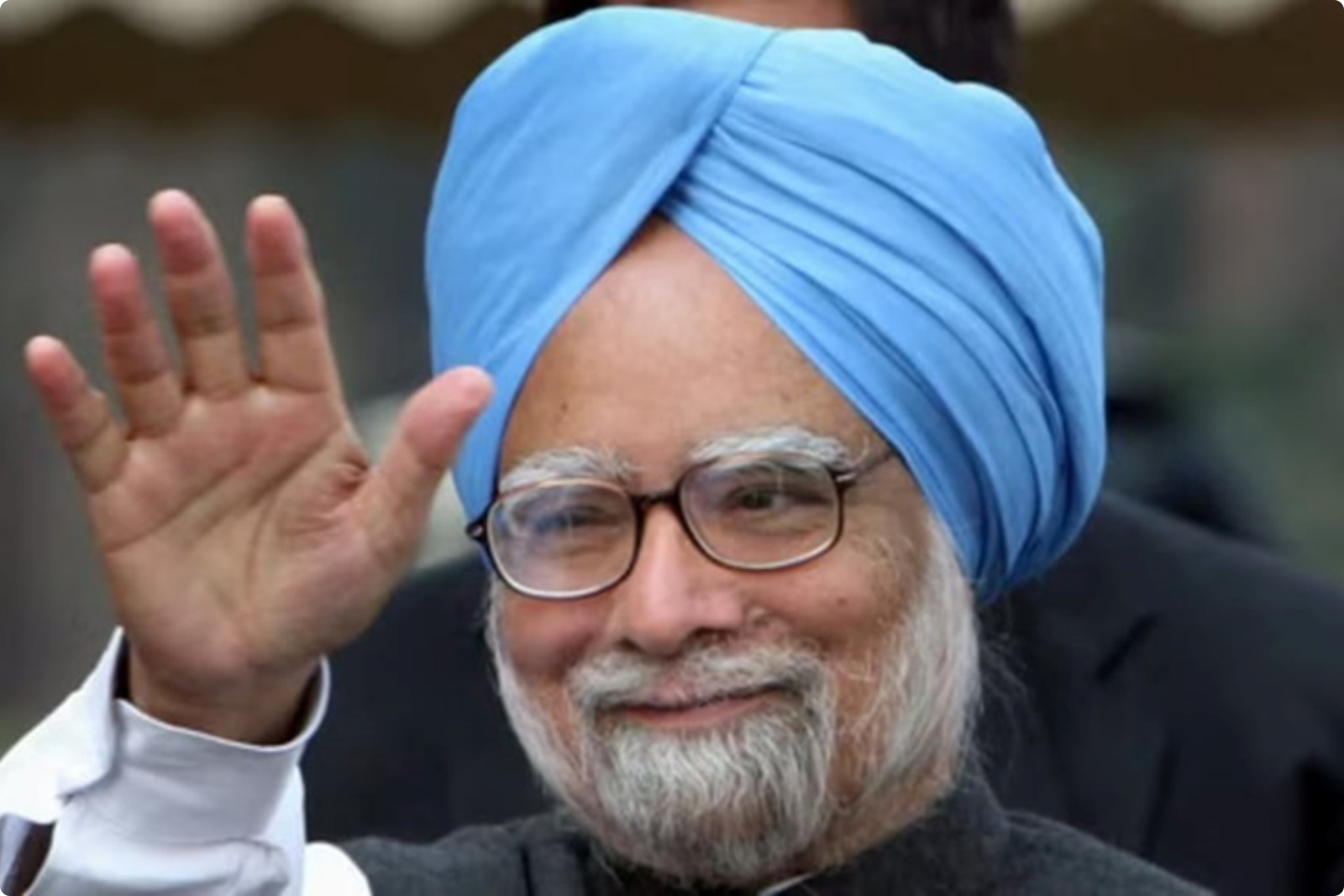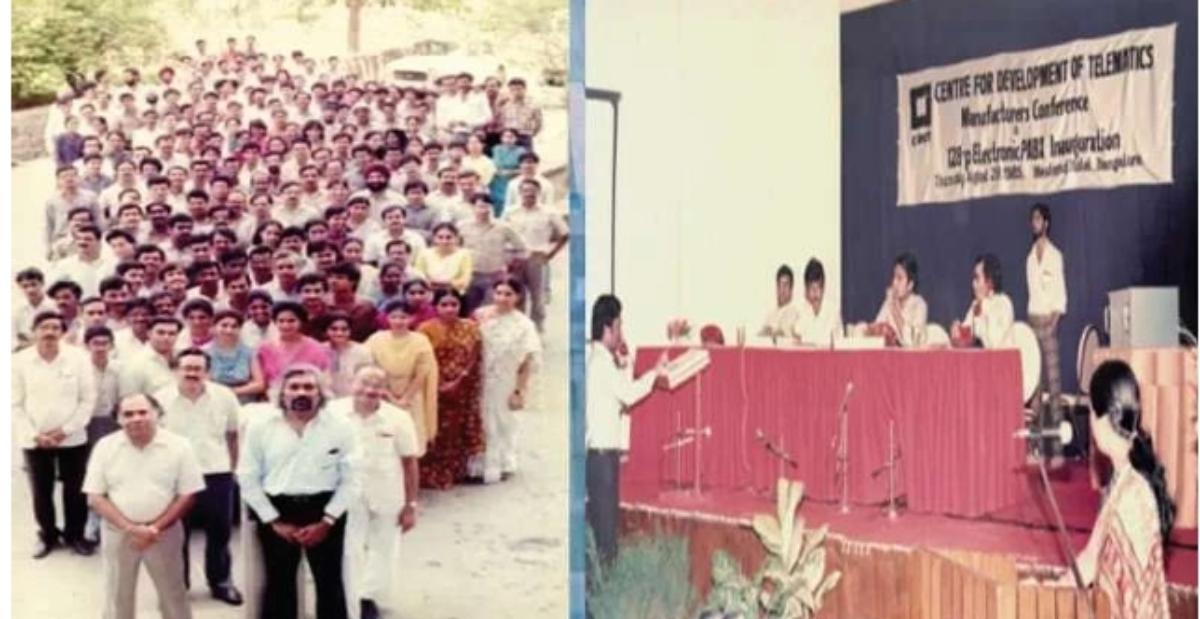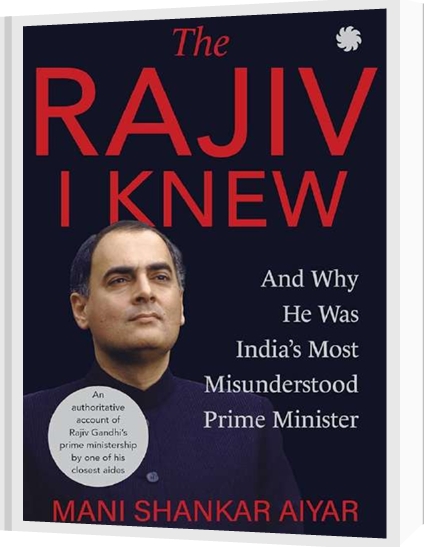The author conducted a research study in Jalandhar district in early 2019 as part of the Samarth Zilla framework study. Taking the learnings from the Samarth Zilla to the ground, from January 2020, RGICS initiated and has been engaged in action research in Jalandhar, guiding and supporting a local citizen group in the process to groom young people in Jalandhar city to engage in urban governance. The initiative, called Jimmedar Jalandhri, has been supported by Municipal Corporation Jalandhar. Local educational institutions, NGOs, and a social enterprise are a part of the collaborative initiative.
The author has been based in Jalandhar due to the national lockdown from March 21 and has engaged in different local efforts at different levels.This report aims to outline the nature and scale of the said engagement that begun from end of March and continued till end of May. During this period, the author facilitated material support to the administration, streamlined relief efforts and led and delivered carried out pro bono data management, communication and advisory for migrant evacuation from the district. The engagement and the report is divided based on the three different (in nature and scale) crises that were required to be addressed. The nature of the engagement consistently varied, both in nature and scale, going from tactical short term to dense and strategic full term.
From earlier work in the district, the business-as-usual in the district administration in Jalandhar, which is perhaps more or less similar to other districts in the country is highly process oriented, output focused, implementation of state and centrally sponsored schemes, apart from other day to day functions. The business-as-usual has very little planning component. The competencies among the human resources within a district administration are commensurate with the business as usual.
The Pandemic
In response to the COVID situation, Punjab government imposed a state wide lockdown on March 22, and also became first state in the country to impose full curfew without relaxation the next day. The situation which mandated this was a huge influx of NRIs from all over the world, especially from hard hit Europe, especially Italy, where Punjabi diaspora is in considerable number. As per a report, around 1 lakh NRIs returned to the state in month of March till 24th (The Tribune 2020).
The first and the biggest crisis is the breakout of the novel coronavirus in Wuhan, China which became the global pandemic. Even as the world saw it unfold in China from early January this year, apparently none of the countries were prepared to handle what was coming. As the coronavirus scare arrived at the same time as the NRIs, the people in Punjab flouted the guidelines and many who were quarantined were found missing. With grave shortage of personal protective equipment kits and also the testing kits, the state government and subsequently the national government went with lockdown and curfew along with quarantining suspected cases. The constraints in dealing with the first crisis at that time appear to be institutional capacity and financial feasibility of the solutions required.
A small but significant response from RGICS came late March, when one of the Jimmedar Jalandhri students prepared a face mask at home and created an instructional video as well. As I shared the same with the Municipal Commissioner, his ask was clear, “can they make it for us?”. Thanks to the professors engaged with JJ, within a week, the students associated with Jimmedar Jalandhti prepared 5000 masks at home and uploaded details on a Google sheet. The teams of the Corporation collected them and distributed across the city as required. This was noticed by the District Administration, and at the request of Deputy Commissioner, by the end of April more than 1500 students, largely under the social outreach program of the KMV College Jalandhar, had prepared more than 30000 masks for district administration. In this effort, the students not only contributed their time and effort, but also used the material available at home.
The Lockdown
The lockdown and curfew caused a great disruption all over the country, also seen in Jalandhar. Along with putting daily wage earners and migrant workers out of work, it also impacted small business owners severely. The usual practice wherein migrant workers and daily wage earners take ration on credit from a nearby shop, given the uncertainty, was suspended by most shops and replaced by cash only system. This was the beginning of the second crisis.
The second crisis emerged rather immediately after the lockdown was announced in the state. Many socially active citizens received calls for help, which reached the district administration as well. Citizens with philanthropic instincts stepped in to provide ration immediately as multiple chat groups started on WhatsApp to address the situation. At the time, the Police department took the responsibility to deliver ration to the needy. However, by the end of March, not only the demand increased overwhelmingly, perhaps as ration stocks at homes were exhausted, it also became clear that there were multiple channels recording the demand as well as multiple channels of supply including ration kits from State Disaster Relief Fund, food supply department, etc.
The outcome was that police department was stretched thin and was overworked, not all needy persons were getting the ration, and there were incidents of people hoarding the ration aid and requesting more. Soon, by second week of April, the state government responded with putting major supply under the charge of the elected representatives, i.e. the MLAs.
The second crisis was a man made one, and perhaps avoidable. But instead, not only the beginning of it as a ration distribution challenge blew out of proportion, it morphed into a larger and more severe humanitarian crisis. As migrant workers started undertaking the most defining ‘pad-yatras’ of this century, perhaps of all times to come, the Union government allowed Railways to run Shramik Special trains from beginning of May. With huge mismatch between demand and supply, it added to the plight of the migrants.
Ration Distribution (Vand Chakko)
On request of the Municipal Commissioner, Mr Ankit Chhabra from a local NGO Sanjhi Sikhya, who is also associated with Jimmedar Jalandhri Initiative, and I were roped in on April 4 to aid the ration distribution effort. The challenge was to address the governance crisis. At the time, ration relief effort was being run by the police department. There were multiple channels through which demand was coming in, chief among them being, 112 state helpline, DC Office Helpline, WA group Vand Chhako, WA group Bhai Kanhaiya among others. The demand was also unverified. Also there were multiple supply channels, philanthropists or ‘Daani Sajjans’ being major initially, Food Supply Department and later MLAs too. In addition, there were multiple institutions distributing cooked food at various locations. The ration delivering mechanism was however largely from 14 police stations in the city. The demand had ballooned, the supply was less, and there was no record of supplies made for verification.
With our intervention, a simple system of demand aggregation was put in place using open source software like Google Forms and Google Sheets. An aggregated demand would give direct the supply in more efficient manner. First couple of days, all the demand was from WA groups, subsequently, 112 state helpline and DC helpline were also brought on board. The system was christened as Vand Chhako based on one of three principal teachings of Guru Nanak Dev, which means ‘share and eat’ (the other two being ‘Kirt Karo’ and ‘Naam Japo’). A rudimentary call centre was setup using volunteers to create a feedback loop, which enhanced accuracy of information on the system. There were multiple in person training sessions conducted with different agencies to enable them to use Vand Chakko platform. It was now possible to see all incoming (although imperfect) demand and monitor supply. The system, however, was not owned by any of the government agencies, and none of the officers rose up to lead it.
Soon after, the delivery mechanism was taken away from the police department. Thanks to some police officials, the police stations, however, continued to provide support to distribute ration provided by philanthropic individuals. Soon, the MLAs emerged as the biggest supply channel with close to 90% of the daily supply. To cater to the changed scenario, the system underwent multiple technical iterations, integrating locality data, ward data, etc., as the distribution of the supply with the MLAs was being done through Ward Councillors. The Vand Chakko platform now provided locality level demand data and also allocated a supply owner based on size criteria for better coordination. This enabled data driven decisions and better monitoring at micro level.
Vand Chhako was joined by capable local youth such as Liakatbir Singh and Parabal Pratap Singh from Pahal and Edumust, both local NGOs, respectively, who helped in making the system more robust. A social media team helped put together campaign videos and other creative to spread the work about Vand Chakko. The supply channels of DC office (using Municipal Corporation staff as delivery mechanism) and philanthropic individuals used the system effectively. However, only two of four city MLAs agreed to use the system, and update their supply data. The other two had the highest demand from their constituencies that comprise of industrial areas of the city, used the demand data but did not update the supply data on the system. As a result, the pendency on the platform increased, touching as high as 60% of the total demand at one point. However, feedback loop of call centre restored the accuracy to around 15% pendency.
The Vand Chakko came to be known as the ‘Jalandhar model’ at the State COVID Control Room by mid April when it had enabled ration distribution to more than 65000 persons in Jalandhar city. Vand Chakko team also facilitated distribution of more than 10000 sanitary napkins to needy women using same delivery channels. By April 27, the Vand Chakko had enabled ration distribution to more than 115,000 persons. After that, the District Administration took over the complete supply and distribution, for which data management support was provided, and a team of 15 on-ground volunteers was mobilised in high demand areas.
Exodus of Migrants
On May 1, on the suggestion of the Municipal Commissioner, I was invited by the Nodal Officer for Shramik Special Trains to be a part of the first official meeting on the migrant evacuation from the district. The first challenge was to collect information of migrants who wished to go to their home states through an online registration form that the state government had released. The meeting had officers from labour commissioner’s office, District Industries Centre, Police dept., one of the SDMs, ADC (General) and also saw participation from leaders of migrant labourers in the city. The onus of collecting the requisite information was put on the leaders.
On May 2, we set up an IVRS helpline number for migrants who wish to leave, to call and select the state they wished to go to and number of persons with them. The Helpline number was publicised in print media, on radio and through WhatsApp. A call centre was set up under Liakatbir Singh with 25 volunteers to call these numbers and fill their form online. The Helpline received more than 25000 calls in first two days. The next day, I was called again by the Nodal Officer to help them arrive at movement plans for the operation. In attendance were, Asst. Labour Commissioner, GM DIC, Police dept., Health Dept. and some officials from Dept. of Governance Reforms. After long deliberations, I was made to draft the Standard Operating Procedure for migrant evacuation for Jalandhar District on the spot, which was then shared with state authorities by the Nodal Officer the same day.
On May 4, I was provided with district wise segregated data for Jharkhand to recommend a suitable destination. Using simple Google Map features, I suggested the destination for the first train form Jalandhar. The request for access to complete data was denied. I was again contacted by the Nodal Officer late night with a request to communicate the details of the train leaving the next morning, May 5, with a sheet containing list of passengers identified. The volunteer group was again mobilised to call all the passengers and inform them. The data in the list, however, had multiple duplicate entries, meaning that turnout was going to be less than the expected. The nodal officer was notified about a sure shortfall of 500 passengers in a train of 1188 at 1 am, which in the morning led to calling more people (again by volunteers) and the first Shramik Train to leave from Punjab was delayed by around three hours.
This opportunity was utilised to improve the data management. For second train onwards, data was managed by Parabal Pratap Singh on Google Sheets. We created lists of passengers, allocated screening centres to them based on proximity and executed all communication through bulk text messages and calling. Advisory on destinations, location of screening centres, and on ground operations continued throughout. The same was also done for a few buses for Western UP. The lists prepared by the team reached highest hit rate of 85%, which decreased as the lockdown relaxed in Punjab around May 18, and willingness to travel to home states decreased among migrant labour.
Till May 27, the process worked smoothly for all but the first train that left from Jalandhar. Jalandhar became first to begin Shramik Train Ops and first to end it as well. At one-sixth registered migrants as compared to Ludhiana district, Jalandhar district ran 80% as much trains as Ludhiana. In total, the support was provided by a 5-member team for 75 trains over 21 days ferrying more than 80000 migrants. It included, identification of destinations, location of screening centres, preparation of the lists, allocation of screening centres, and communication. To achieve this, multiple internal processes were developed to remove any room for error, and to ensure complete synchronisation with the administration’s on-ground operations. Inputs were also made on improving process at the screening centres.
Learnings
Little Power for Elected Represntatives of Local Bodies: India is governed in the districts and the district administration led by a civil servant is accountable to the state government and not to the elected representatives of the district – the Zilla Parishad for the rural areas. and the Municipal Councillors for the urban areas. The devolution mandated by the 73rd and 74th Constitutional Amendment Act seems to be incomplete in so far as role of district is concerned. Apart from the provisions u/A243 ZD that a District Planning Committee (DPC) must be formed in each district, to coordinate between the rural urban parts of a district, the amendments are silent on this crucial level of government in India.
While working with the DA, following observations were made regarding the functioning of the governance system at the district level. These observations reflect on a certain value system/ institutional norms intertwined with the highly formal/legal system giving rise to a characteristic underperformance which pervades the districts all over the country. With this established way of working, the system seems to inhibit innovation and not seldom offsets huge costs on officers with approaches different than the system.
Entrenched hierarchy: Apart from formal/ legal authority and hierarchy, the verbal orders of the superiors carry no less weight. Coupled with informal power influence of officials and personal interests, how it transpires in action is that nothing moves unless it comes from a superior. At the same time, everything moves even if the command is not in everyone’s best interest. The bureaucracy at the lower level is rarely consulted about the challenges that mar the expected outcomes, and formal/ legal authority is used widely to pressure lower bureaucracy into overtime, more so in times of a crisis, apart from unofficial work. Such system without feedback loops and end to end integration is bound to underperform.
Inadequate capability: For reasons not explicitly determined, there seems to be an extensive under capability among the individuals that populate the system. In absence of any continuous or significant exposure/ and or upgradation of skills, the agreeable solutions are below average. This gets further watered down in implementation when capability of street level bureaucracy is taken into consideration. Therefore, the system becomes a closed system of mediocrity and ignorance.
Reluctance to adopt new methods: The administration seems to have set in an inertia of parochial mediocrity with very little scope of bringing in new technology or process reengineering. Unless, of course, it is mandated from the top and there is a consultant hired to bring in new methods of working. In that case, the new methods rarely get internalised.
Such minor changes have a potential to release higher productivity and reducing stress on the lower levels of bureaucracy. During both ration distribution and migrant evacuation, the common challenge was aggregating demand. While there was multiplicity of channels in former, there was absence of a reliable and quick way to collect data of migrants who wished to go back to their states. While it led to operational issues in the former, the latter attracted solutions from officials such as collecting a fee for filling the online form of the migrants. Both times, a simple tech based solution was put in place.
Apathy: With an apparent solidified way of functioning, where lower level bureaucracy is overworked, and the lack of capability is not eased by either continuous training or business process reengineering; the underperformance seems to become an accepted benchmark. At the time of crises, the cost of underperformance or of mistakes gets magnified and is often consciously or unconsciously offset on the people being governed. Within that, the set of people, which are the weakest in terms of political economic influence get the worst of it. Seemingly, over time the system gets hardened and the ensuing apathy neither provides a motivation to ease the challenges stated above nor
No framework for collaboration: The need of a framework to bring in expertise and leverage local human resources gets amplified during times of crises. Unfortunately, there are no set procedures, protocols or framework in place to achieve this at the district level. In the experience shared above, the role of enabler is played the Municipal Commissioner based on the experience of Jimmedar Jalandhri. As of today, both the Municipal Commissioner and the Deputy Commissioner have been transferred to other locations, effectively taking away any possibility of institutionalising such collaborations. Recognition of civil society in addressing the gaps in administration is required. Perhaps a model framework for collaborations at district level, such as the Samarth Zilla, can be formalised.

